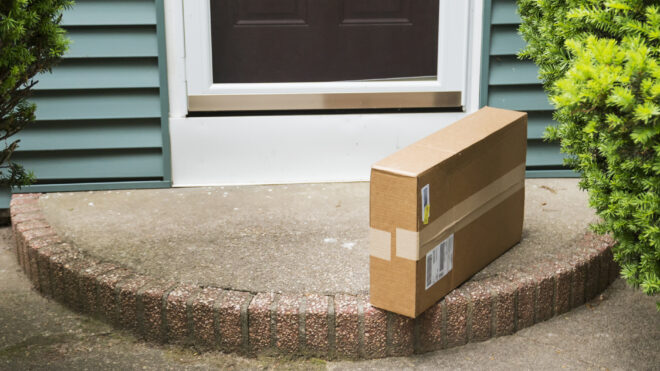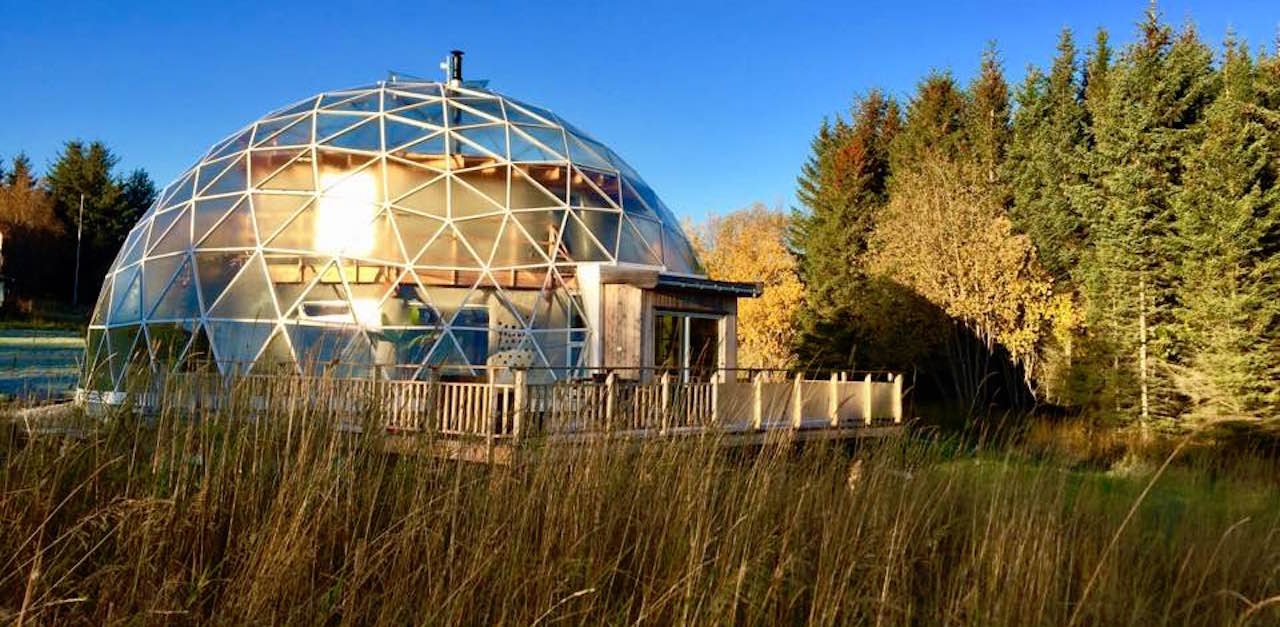
It might be hard to imagine living in the Arctic Circle. This part of the planet is extremely cold, dark for half the year, and sparsely inhabited save for research facilities and, of course, lots of wildlife. But given the choice, many people might choose a slightly warmer place to set up house.
But not the Hjertefølgers. This Norwegian family of six, whose last name means "heart follower," has created a one-of-a-kind home in this rugged and beautiful landscape that allows them to live warmly and comfortably, and to even have a garden — all inside the Arctic Circle.
The house is also completely eco-friendly, something that the delicate state of our planet surely appreciates. It uses a huge geodesic dome to capture the warmth of the sun's rays and makes the inside warm enough to live in. It's literally the greenhouse effect in action, and it makes it possible for the family to not only live comfortably, but also to have a small garden where the plants can be protected as part of their own private ecosystem.
The Hjertefølger home is certainly unique, and definitely not for everyone. It's also a great way to see just how innovative and amazing a house can be, and how it can make an otherwise inhospitable place feel like home — without damaging the surrounding environment.
Check out the beautiful house below, and let us know if you'd live in a place like this!
[H/T: DistractifyInhabitat, 2]
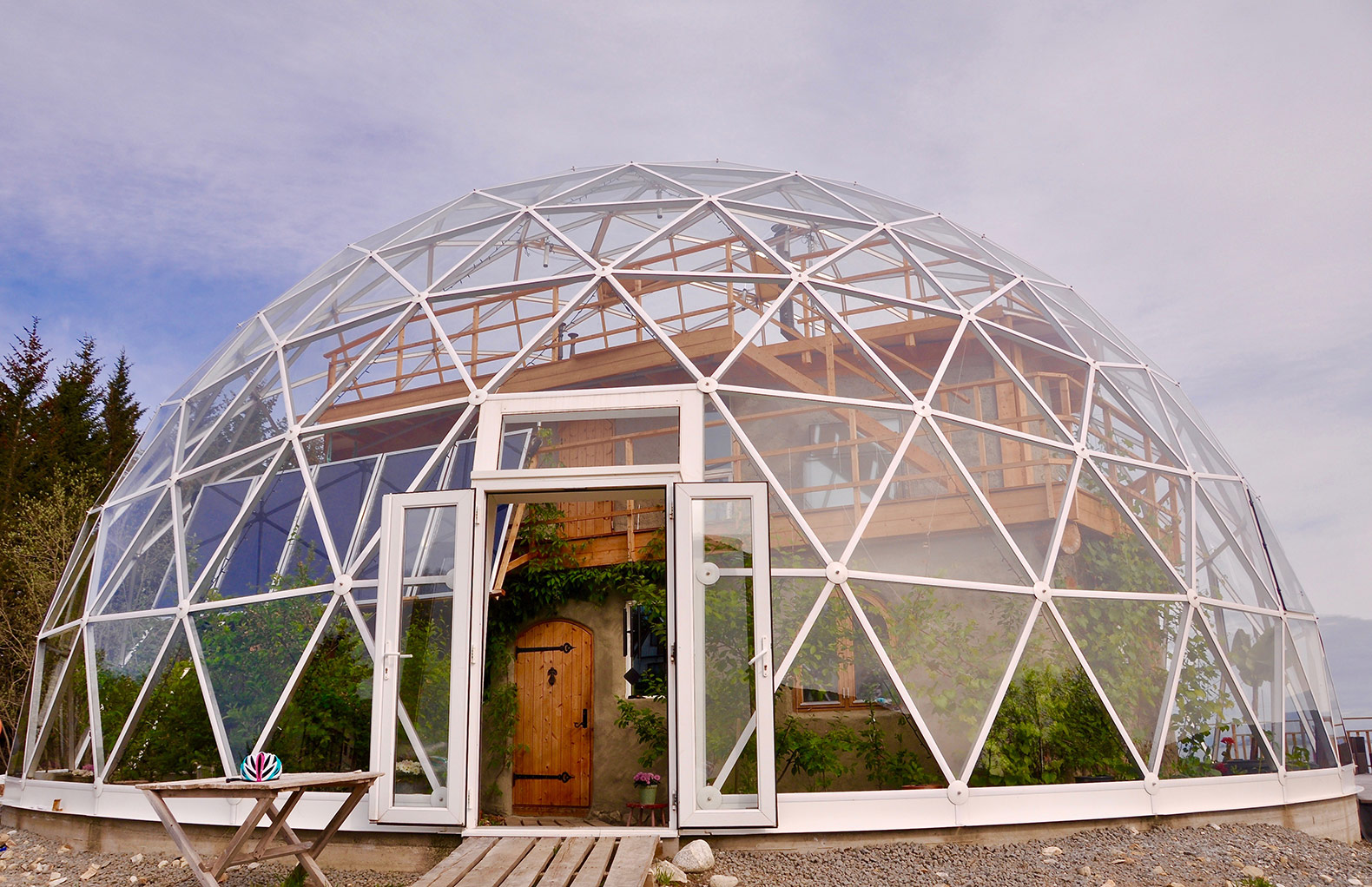
Banjamin and Ingrid Hjertefølger and their four children live in a custom-made, sustainable, and truly unique home in the island of Sandhornøya in northern Norway, above the boundary of the Arctic Circle.
The whole house sits under a glass bubble, which creates a literal greenhouse effect that allows them to stay warm and to grow their own food in the otherwise cold climate.
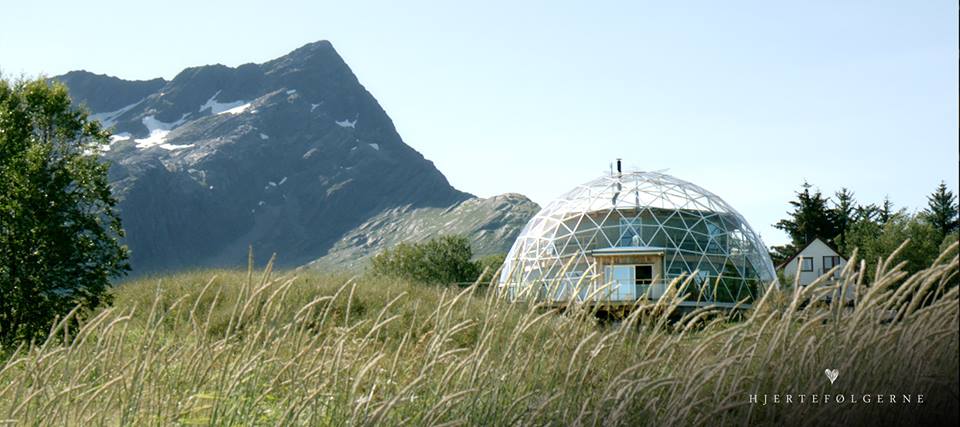
They can also take in the beautiful scenery of the region.
The home was designed by Bengt Warne, an architect who focused on creating buildings that would exist without harming or damaging nature. Warne passed away in 2006, but not before designing what would become the Hjertefølgers' home. They started building the house in 2012.
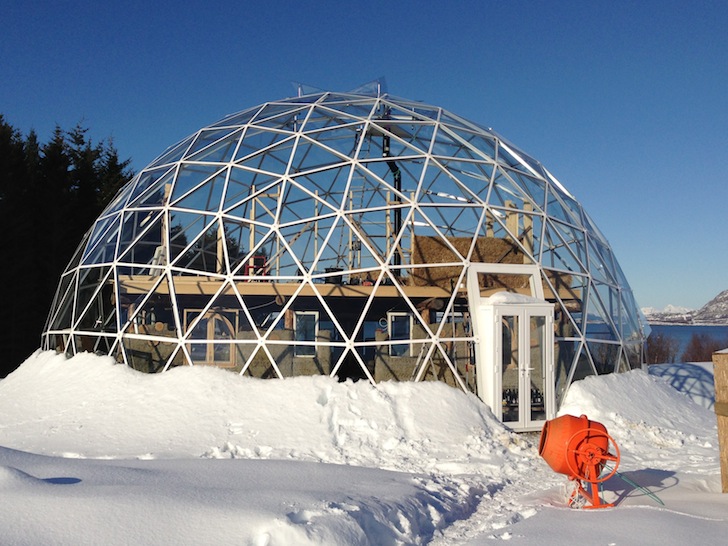
The home combines both modern and ancient building technology that gives it both a primitive and a futuristic look.
The geodesic glass dome was created by Solardome Industries, a U.K.-based company. The glazed glass lets in sunlight and traps heat for warmth, and the whole thing is supported by recycled aluminum beams. Some of the panels can also be opened if needed.
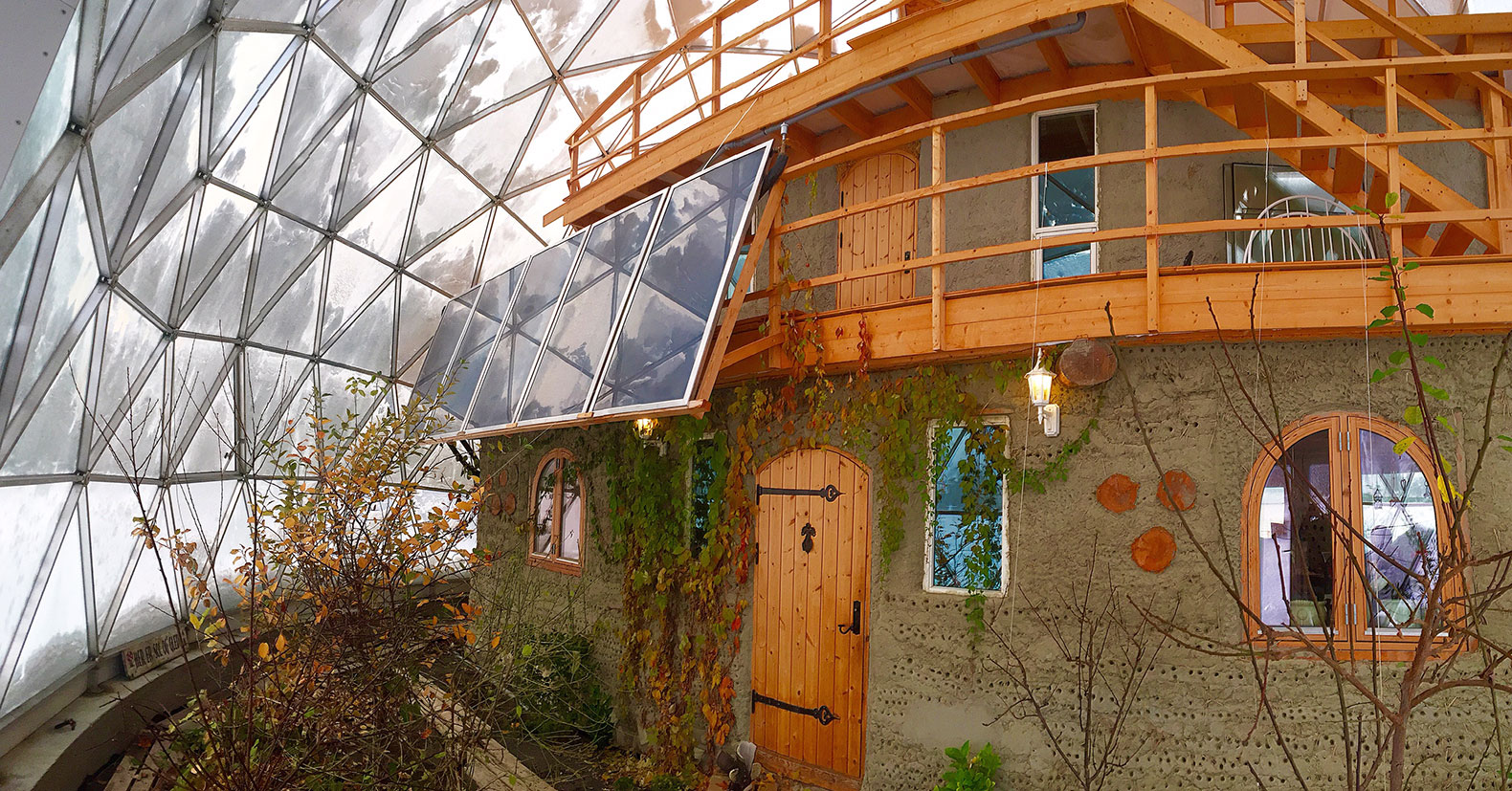
The structure inside is a cob house, which is created using sand, soil, clay, straw, and wood all packed together. You might also know it by its other name, adobe. It's an ancient building technique found all over the world since prehistoric times.
It's cheap, fireproof, and sustainable, which is why it was chosen for this home. As you can see, there are also solar panels for power.
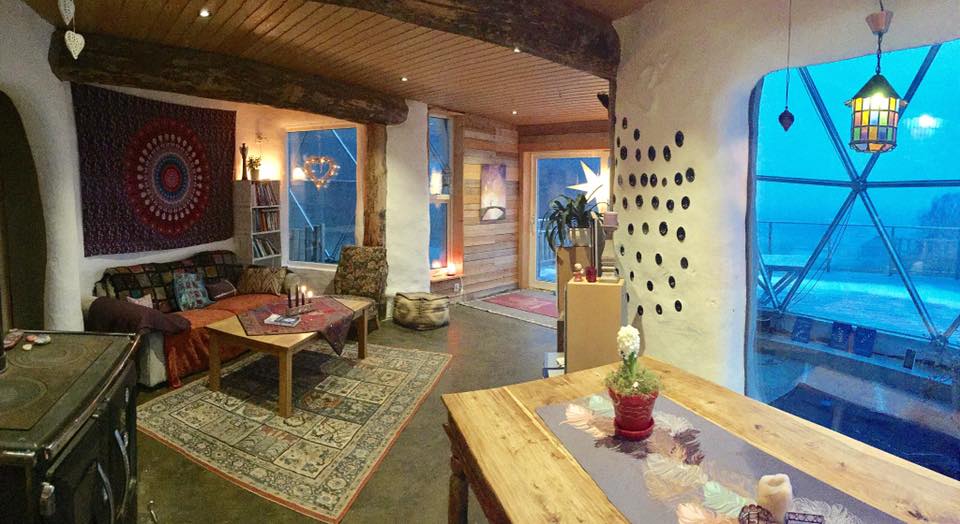
Inside, it looks like a cozy, modern home, with plenty of space for the four kids and their parents. The house includes five bedrooms, a living room, dining area, kitchen, two bathrooms, and a garage. It has three levels.
Careful consideration was also taken to make sure the home had proper ventilation and running water.

The dome allows them to garden year-round, which is important because the family grows their own food. They can also work in their garden in any weather.
"It is truly wonderful to work 'inside' on our house," Ingrid Hjertefølger said. "We have quite a lot of wind and rain here, so coming in to the glass dome is such a pleasure. You still feel like you are outside, but the air is still, and we are dry even when it rains. It is fascinating to see the rain flow in a large curve around us."
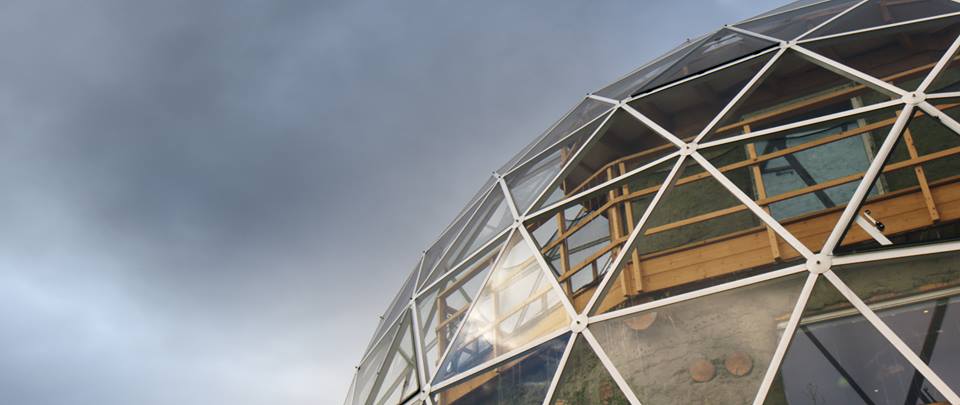
The only concern was condensation from the glass during the winter. Water can damage cob, so it's important to keep it dry. And extra layer of glass took care of that problem.
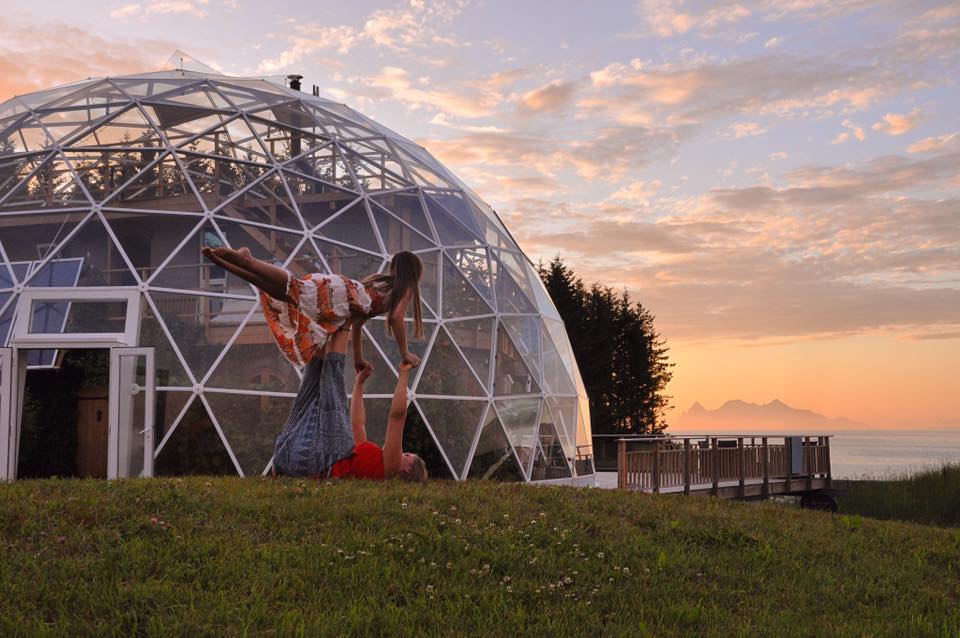
The Hjertefølgers have lived in their "Nature House," as they call it, for three years now.
While they live in a relatively remote area, they're far from isolated. The house was built with help from friends and locals, and it continues to bring people from all over the world to learn about eco-friendly construction.
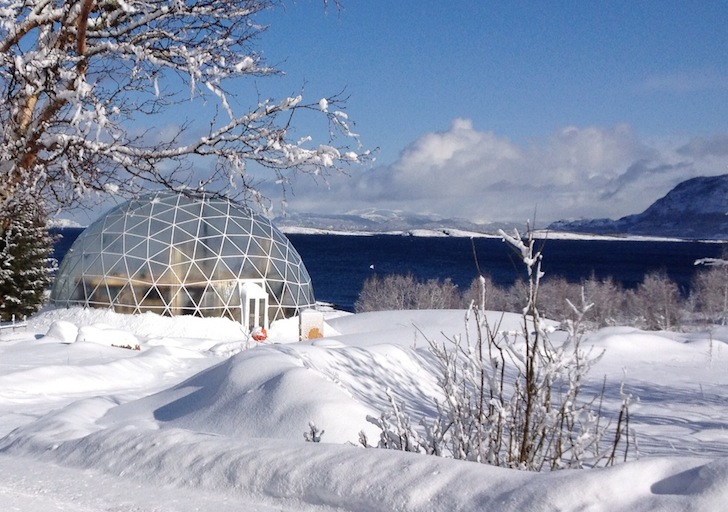
In the future, the Hjertefølgers hope to hold workshops, concerts, and seminars on their property, and are also planning to build several cottages there, with each one showcasing an eco-friendly building technique.
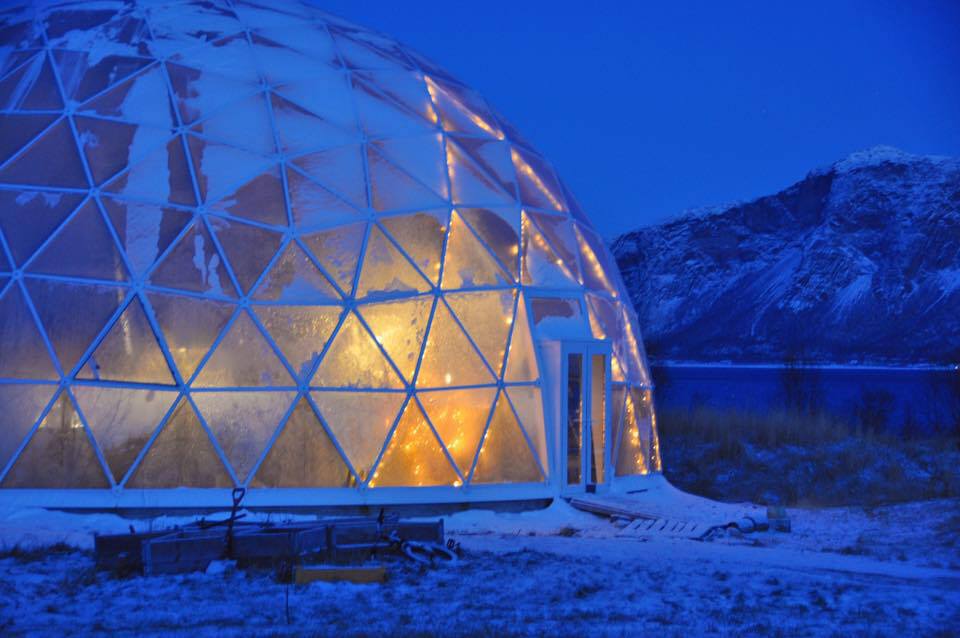
In the meantime, the family gets to live in a truly magical home. It looks like a little jewel.
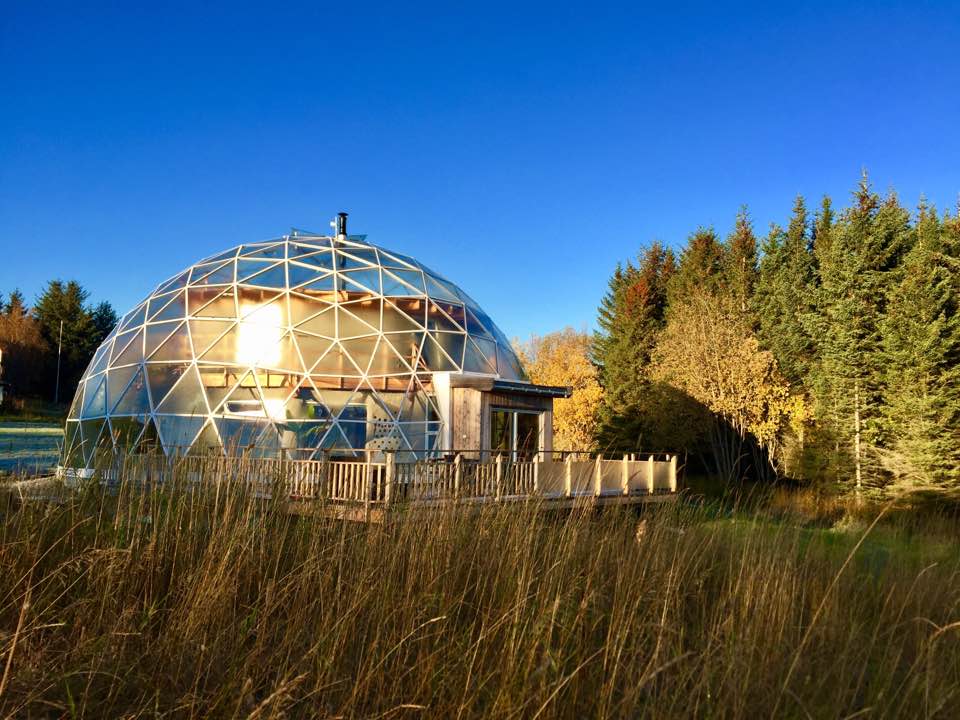
The Hjertefølgers hope that one day, homes like this become more common, where people can live comfortably without damaging the environment.
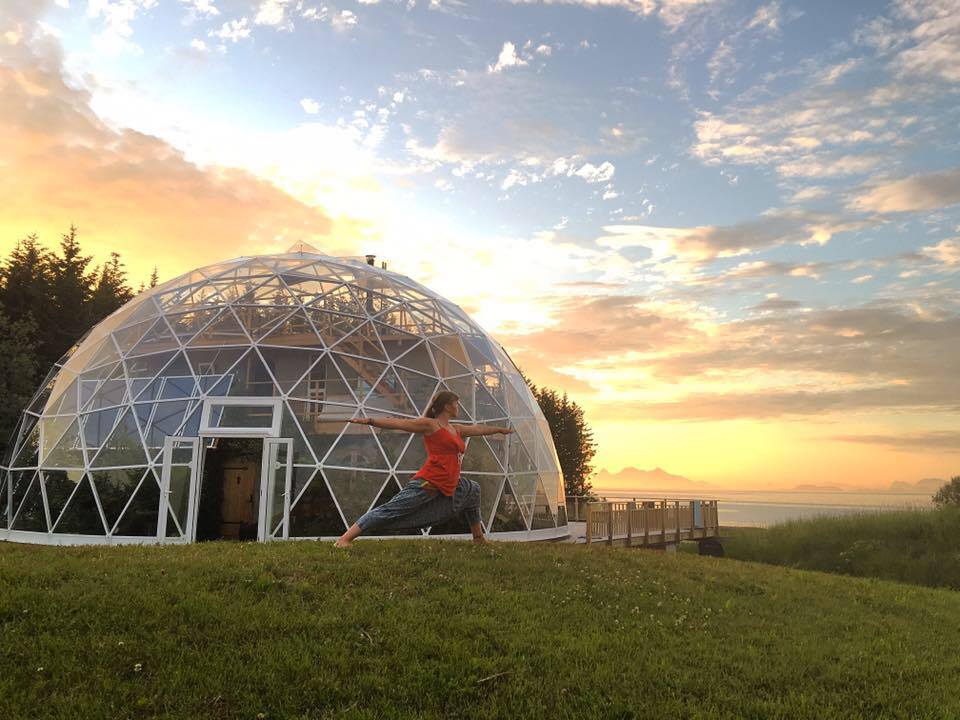
You can read more about daily life in the dome on Ingrid's blog, and you can also check out the Facebook page on the house.
Do you think homes like this will catch on? Would you live in a greenhouse? Let us know in the comments, and SHARE this beautiful home with anyone who loves something a little different!

